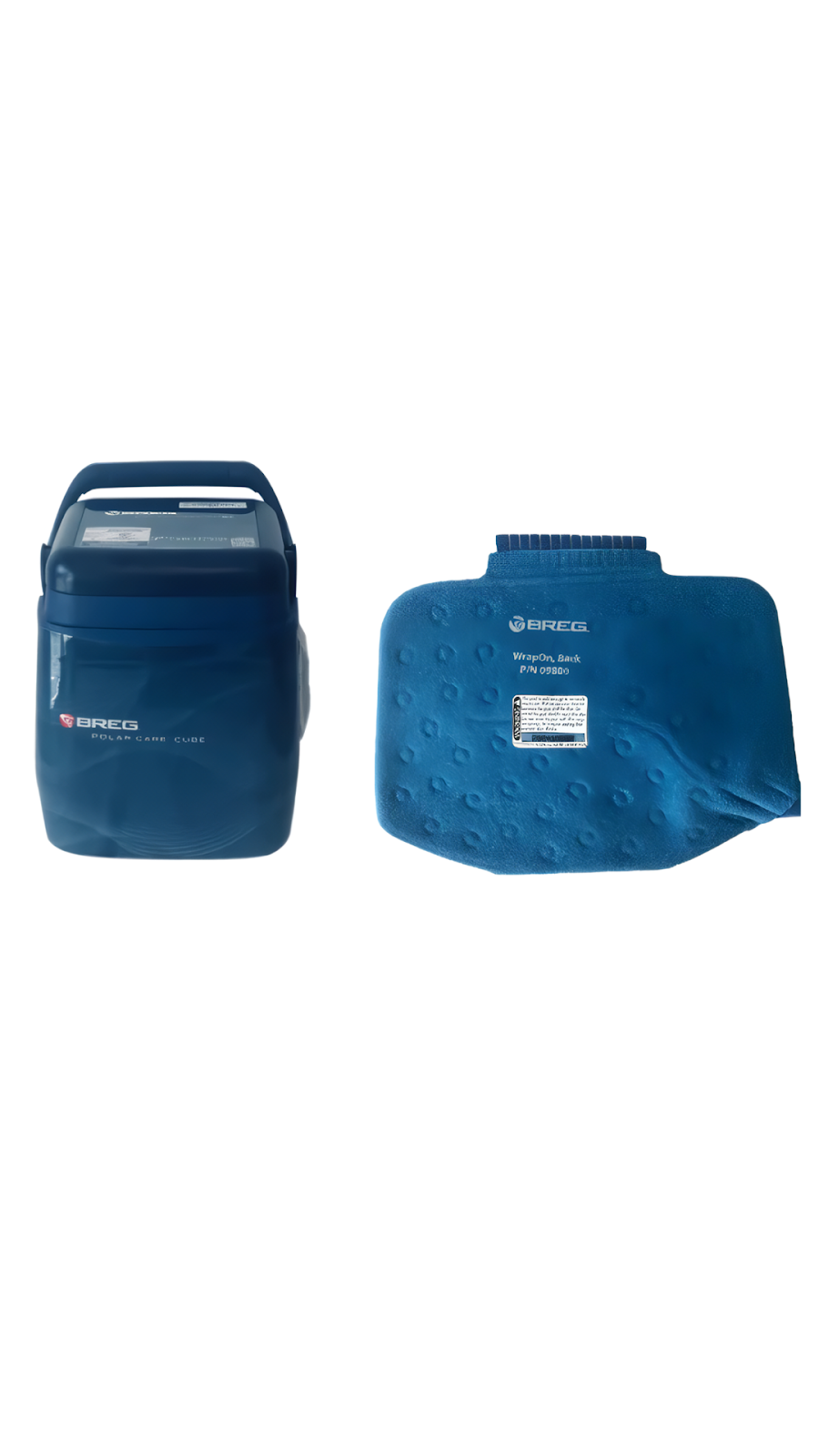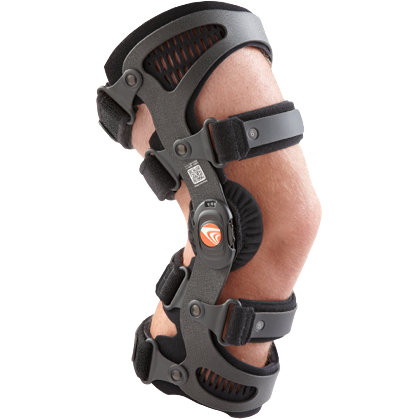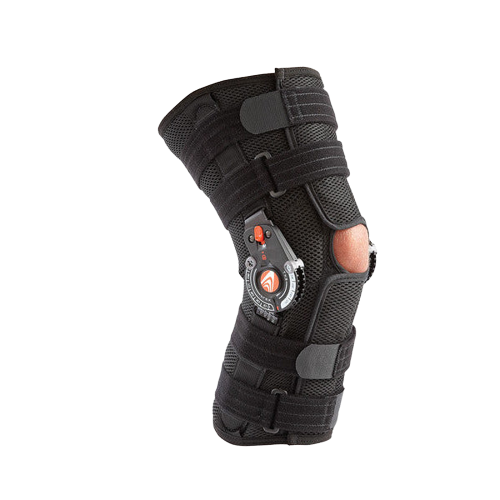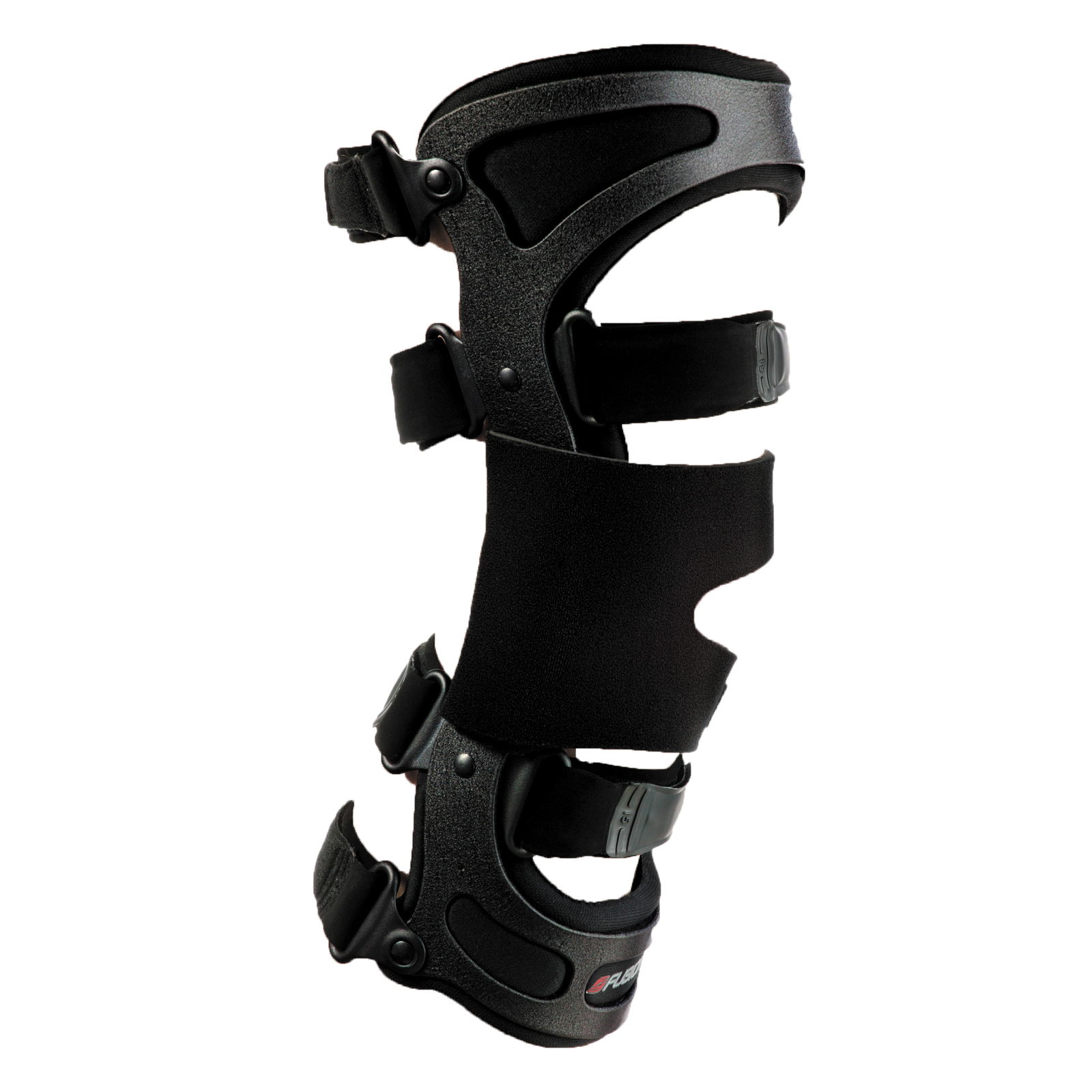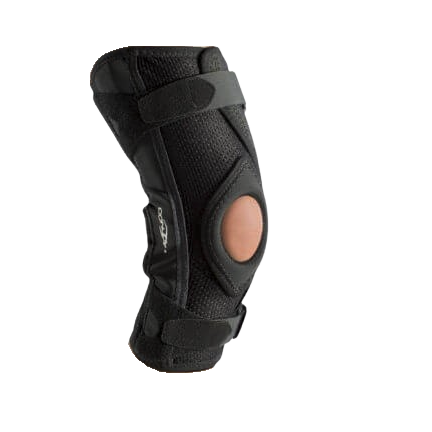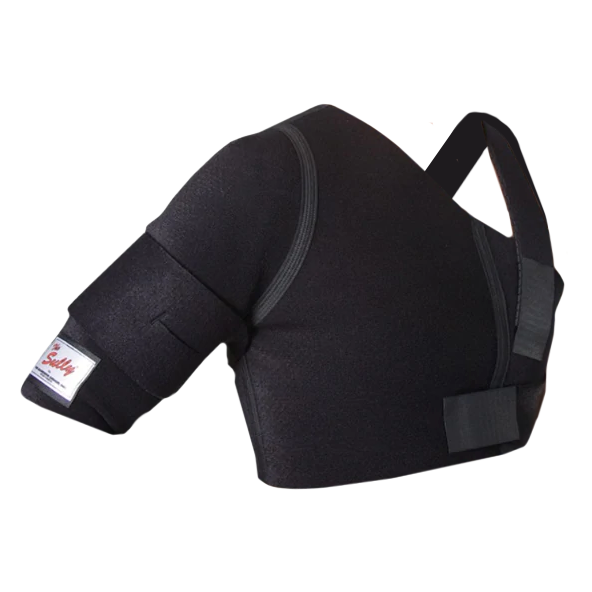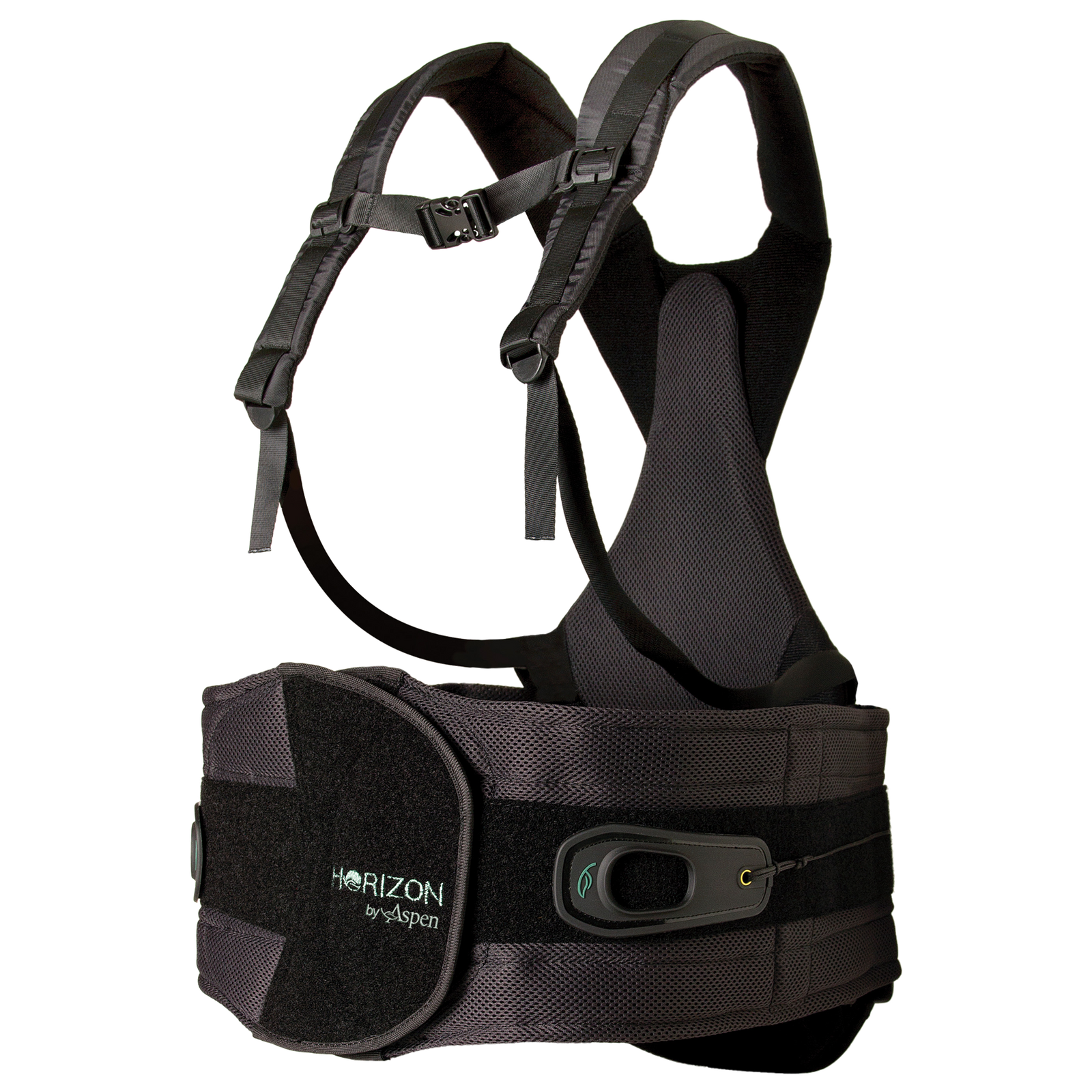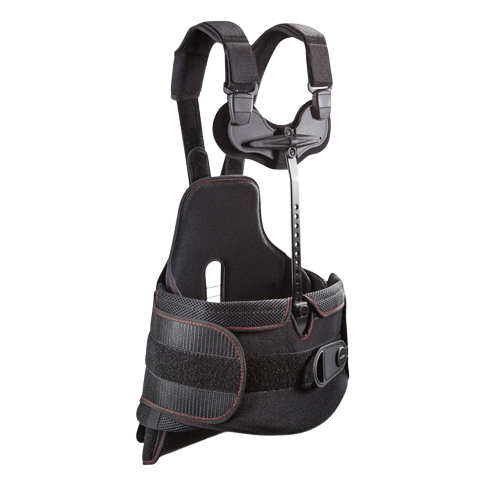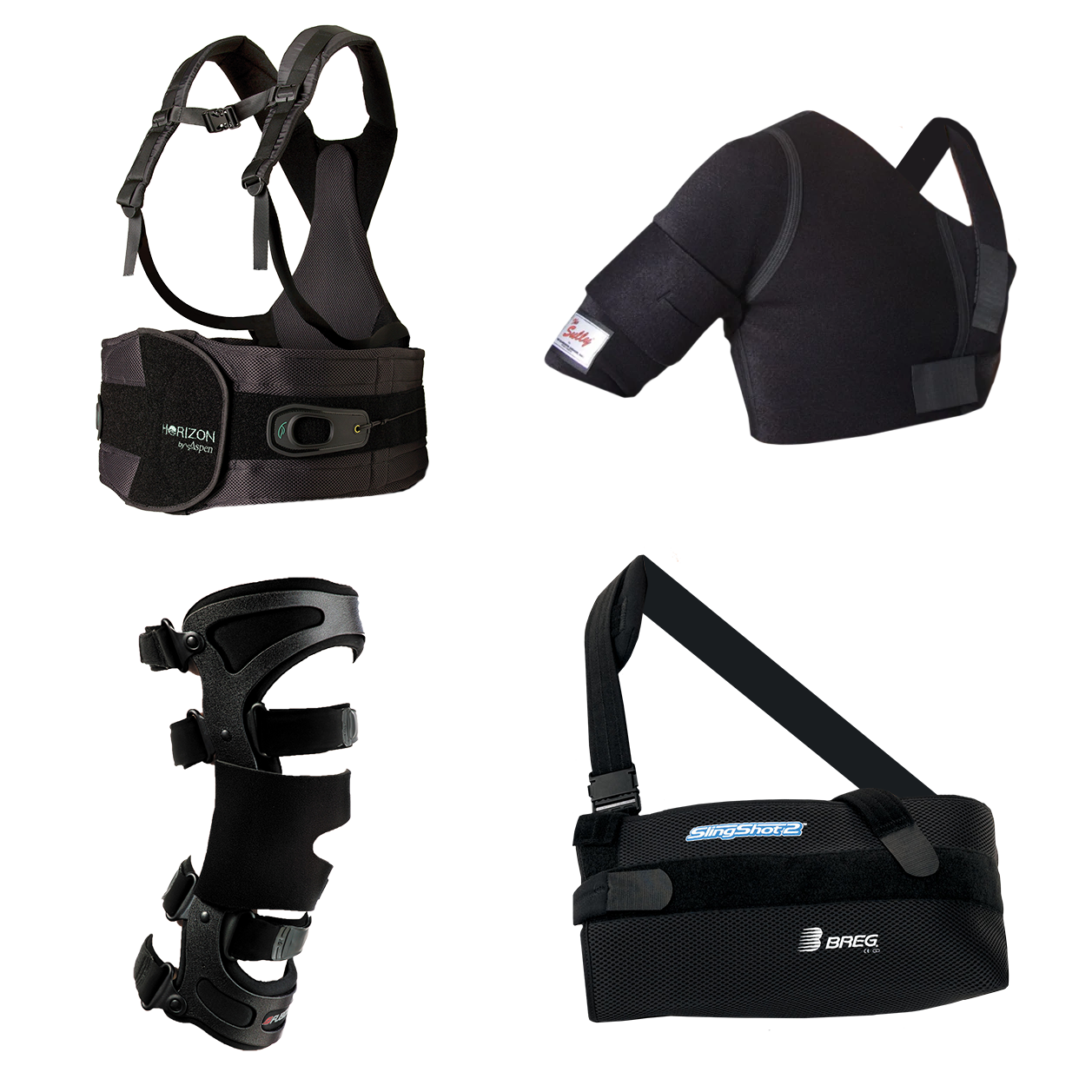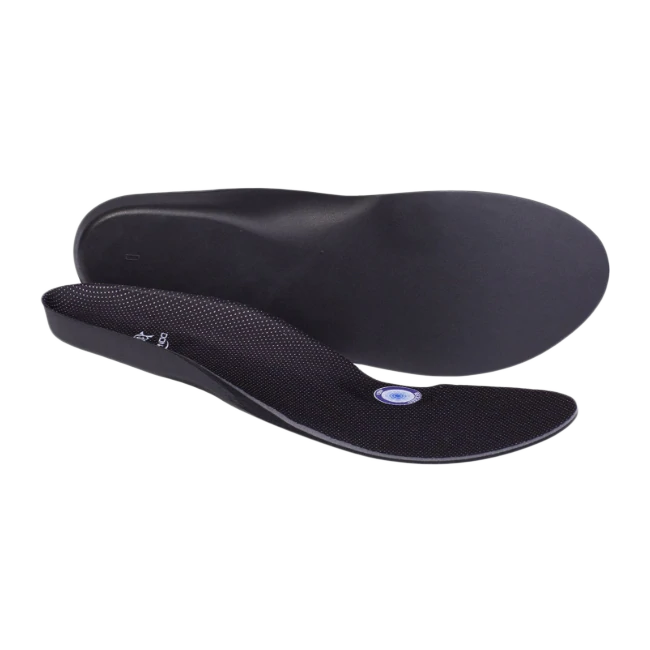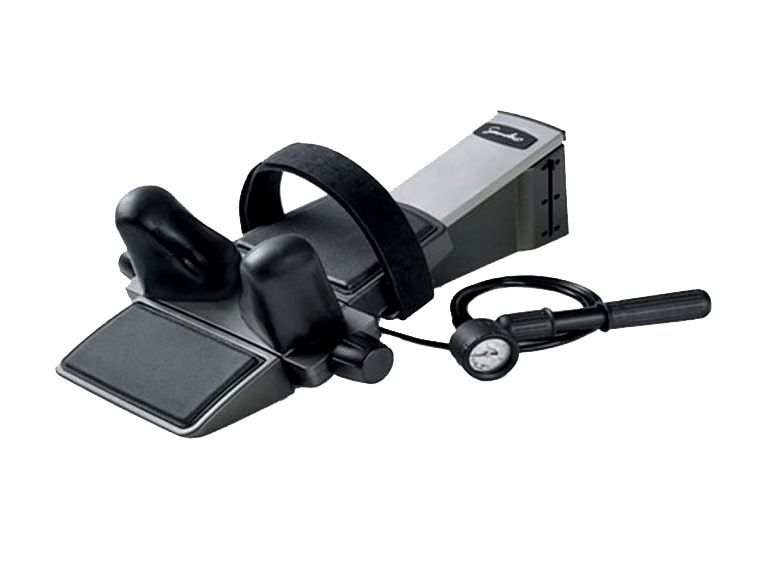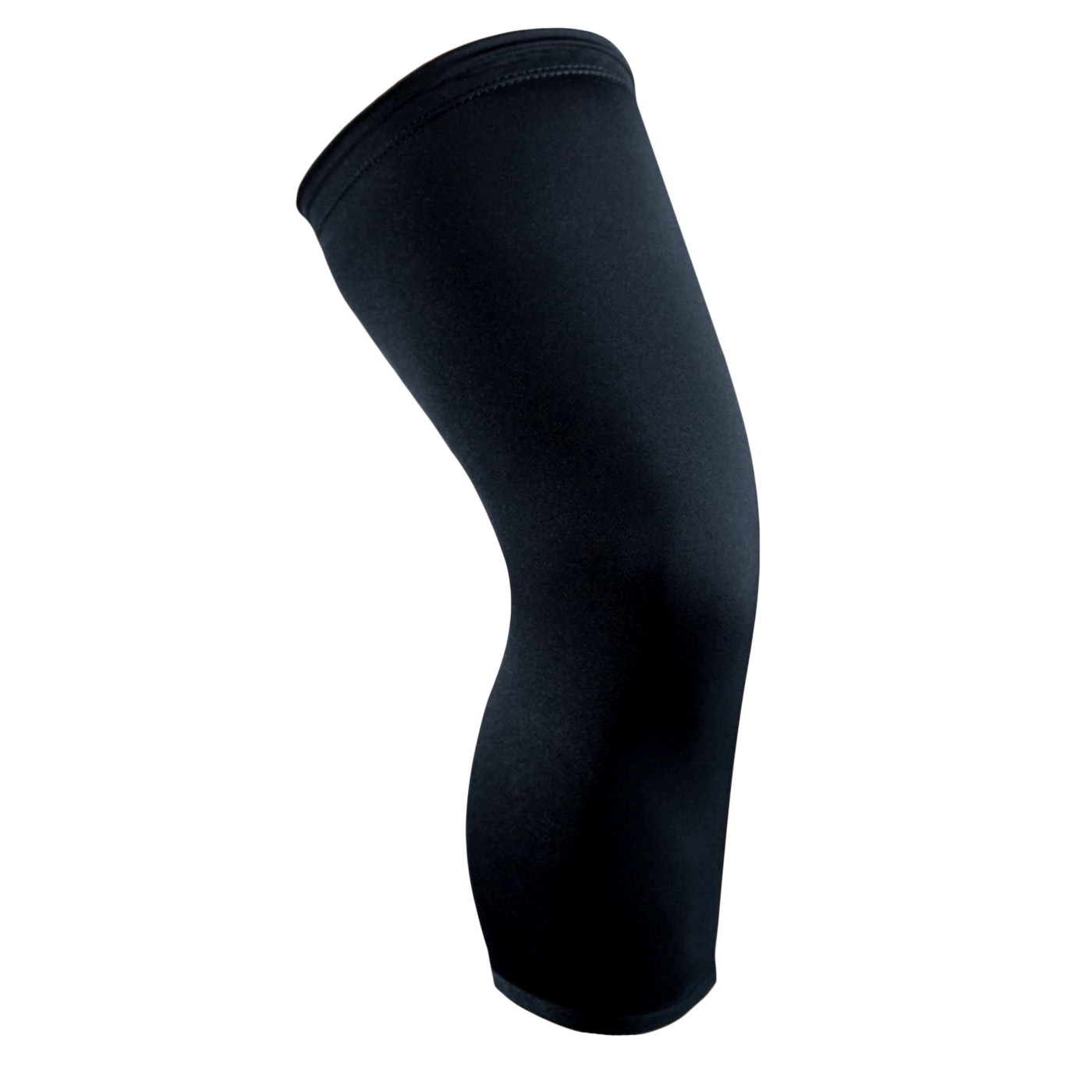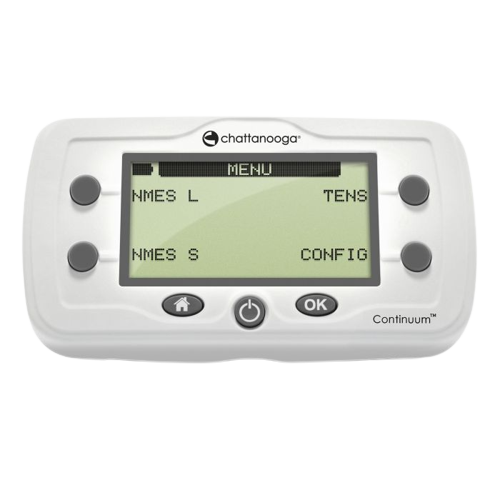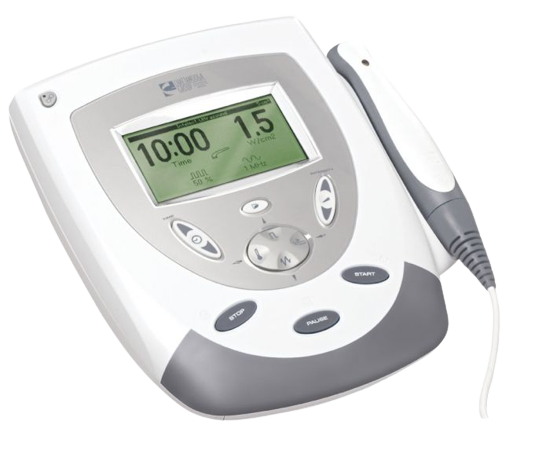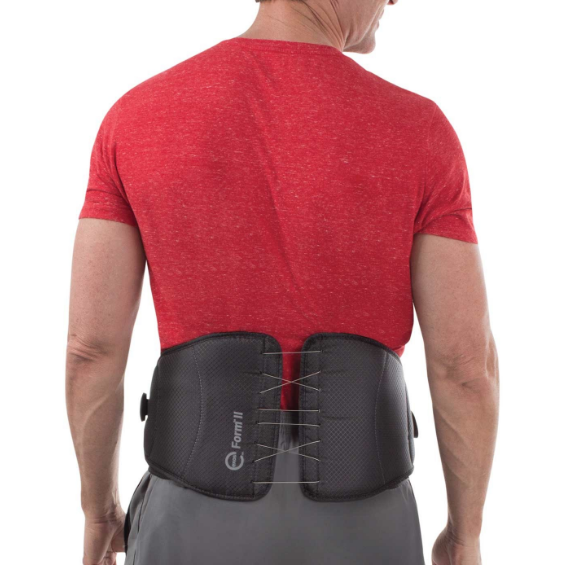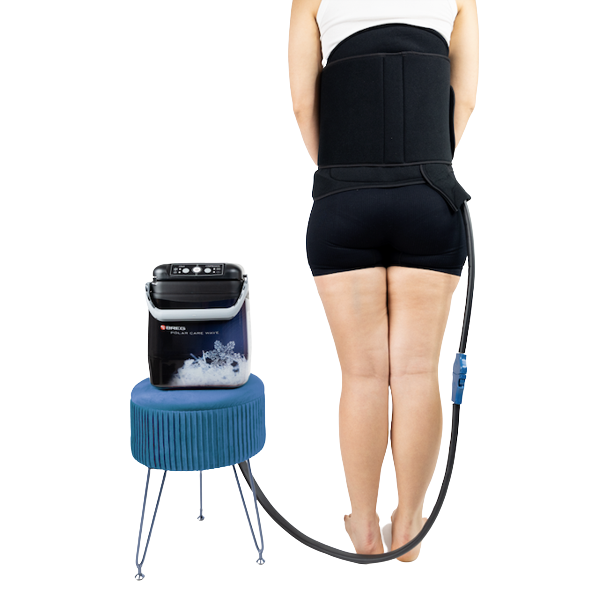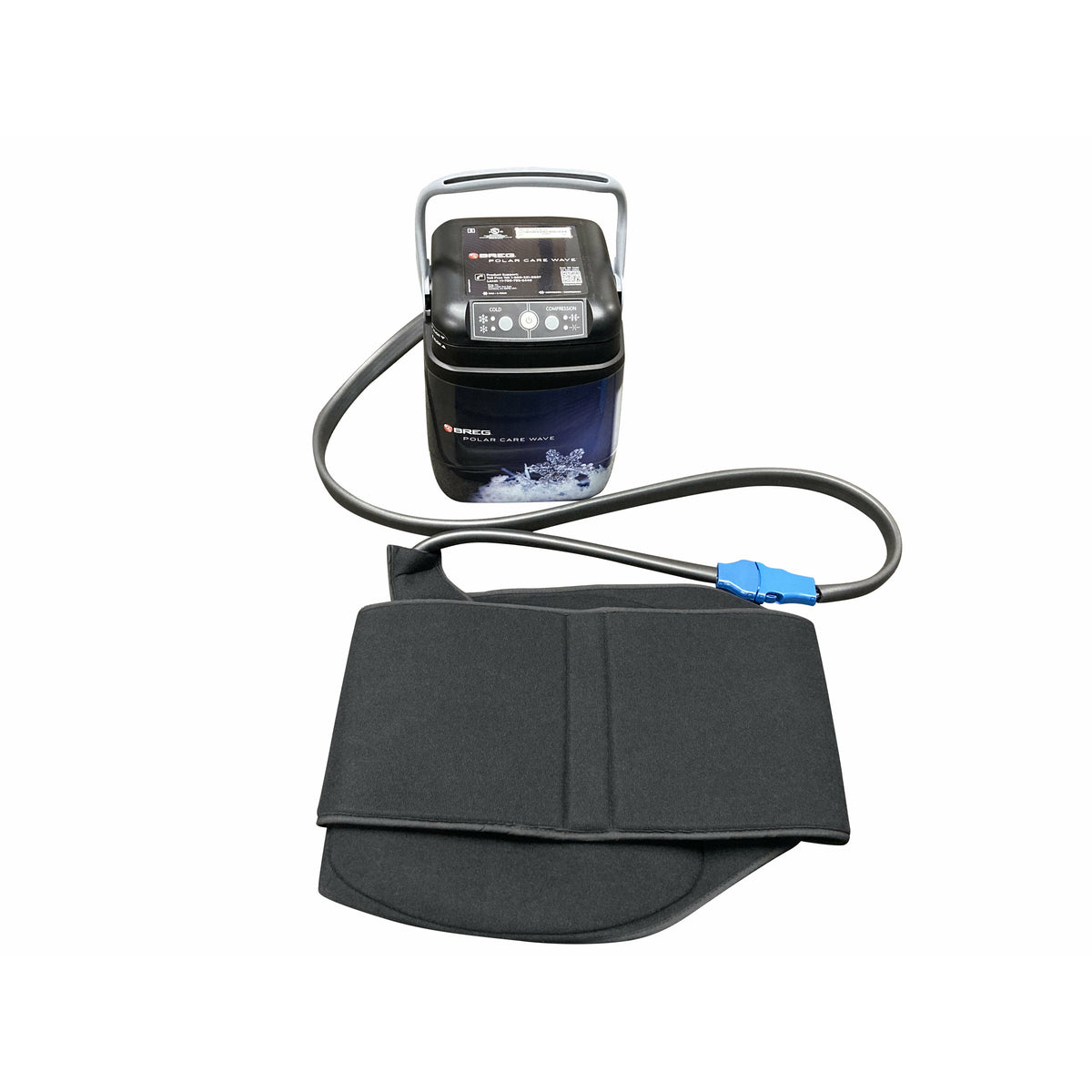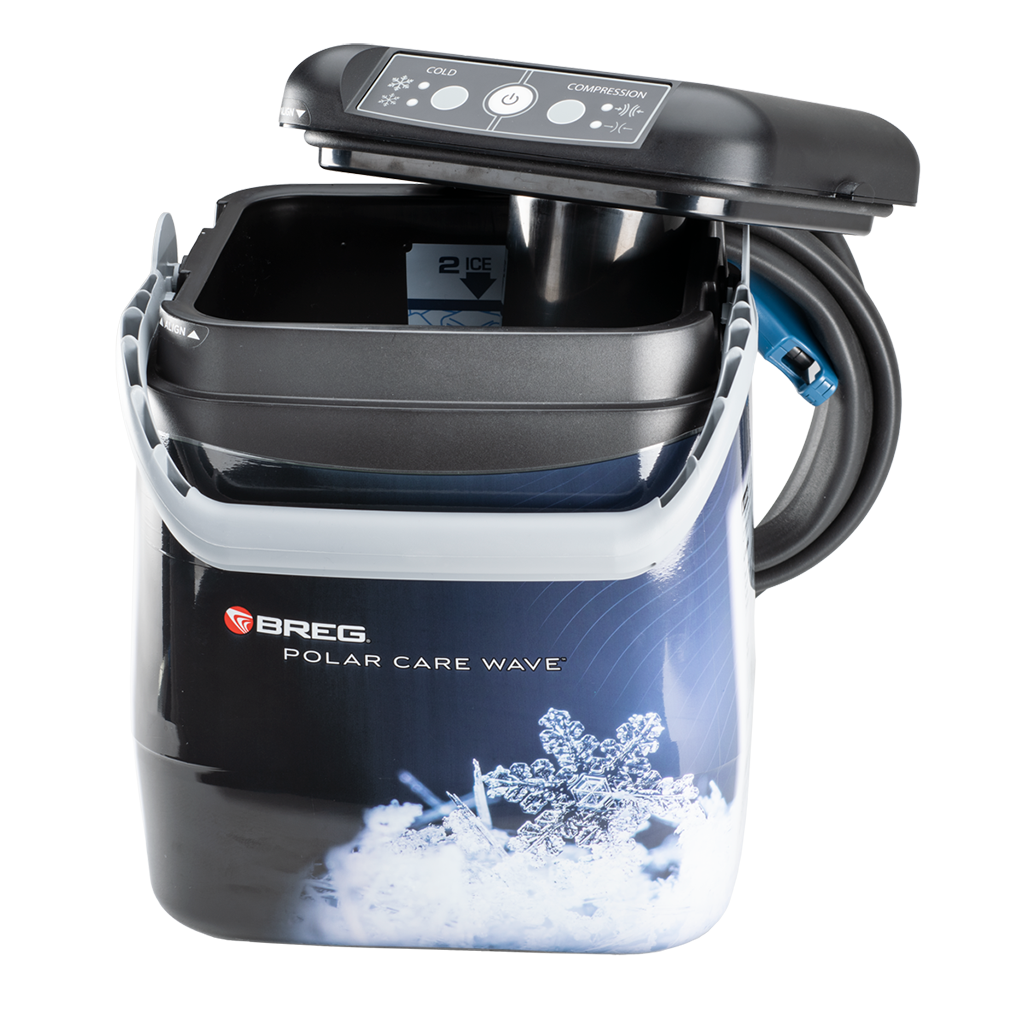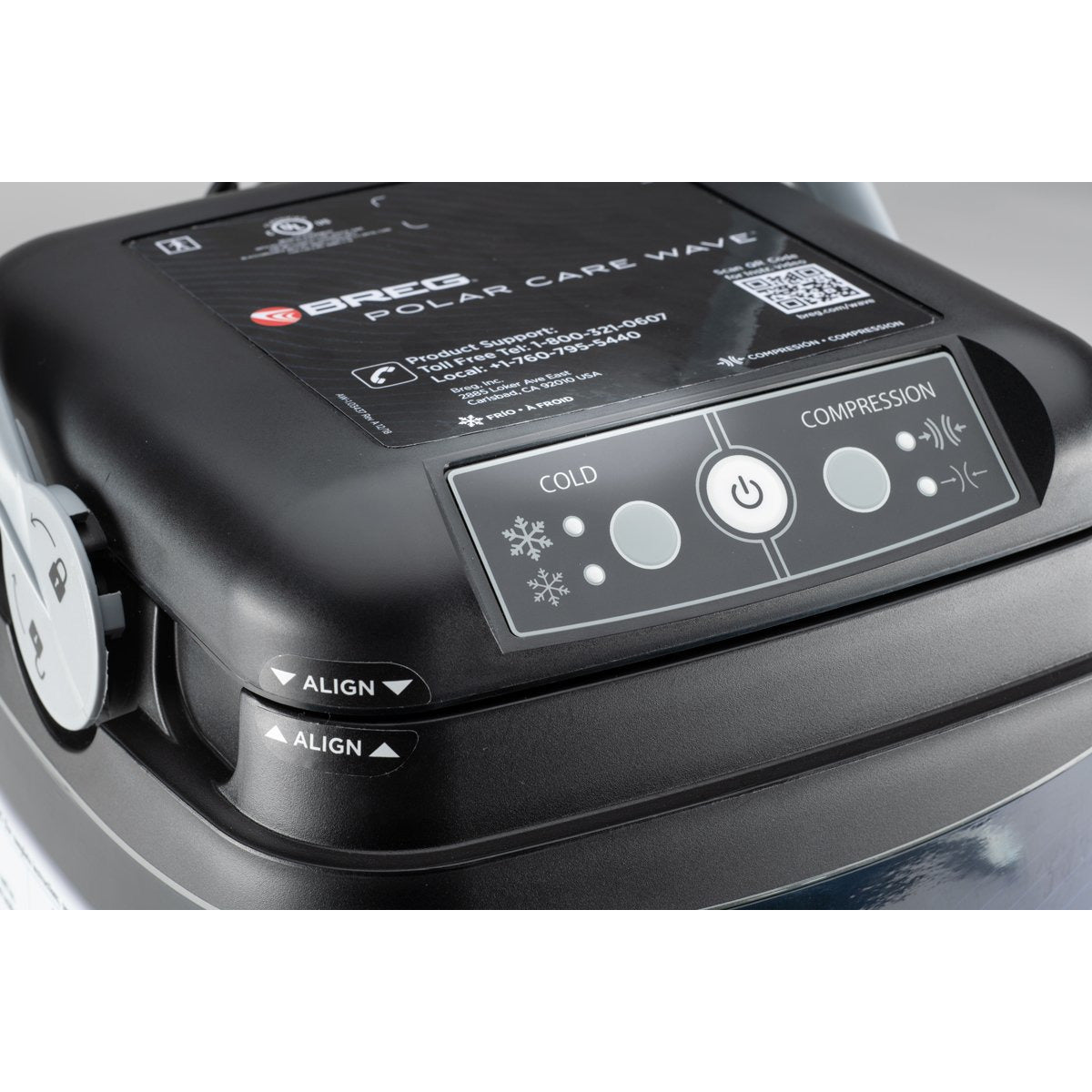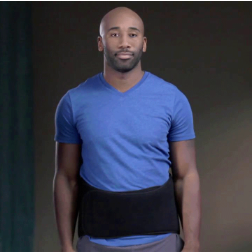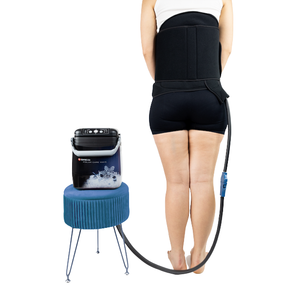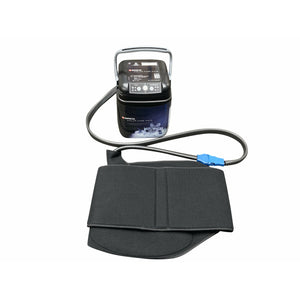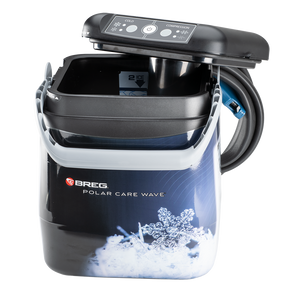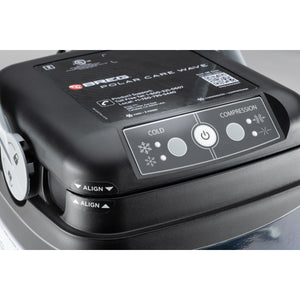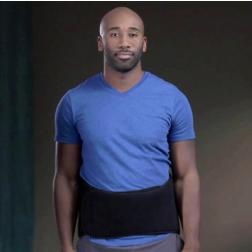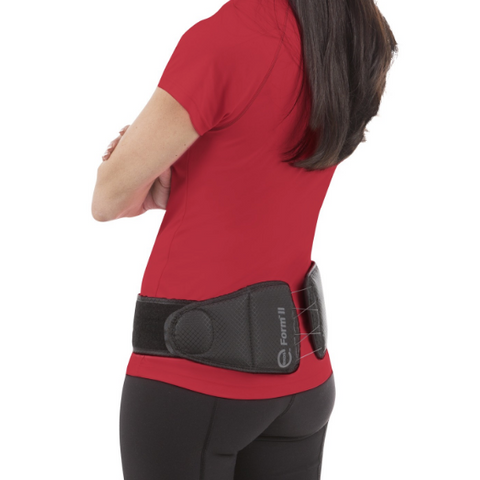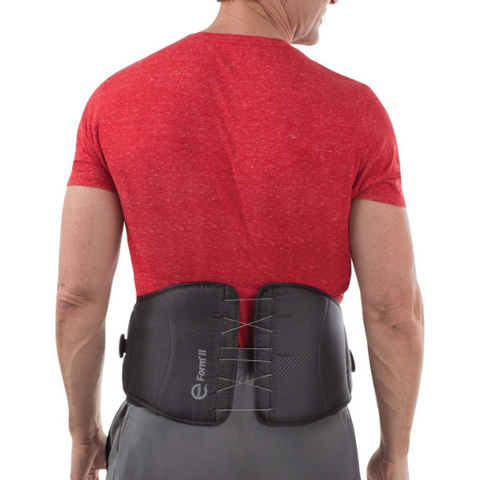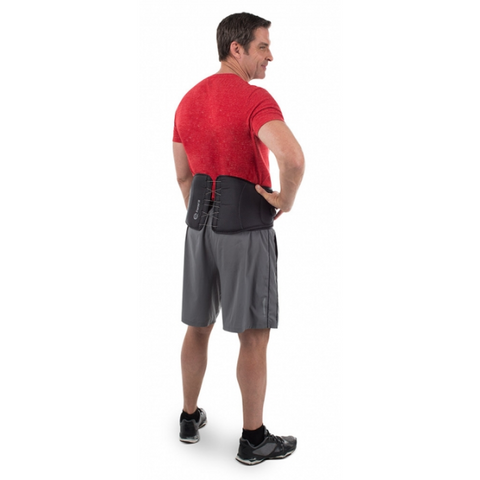If you're suffering from sciatica nerve pain, you know how debilitating it can be. The pain can be sharp and stabbing, or it can be a dull ache that radiates down your leg. It can make it difficult to walk, sit, or even stand.
One thing that can help to relieve sciatica pain is a brace. A brace can provide support and compression to the lower back and help to reduce inflammation. There are many different types of braces available, so it's important to choose the right one for your needs.
What is sciatica?
Sciatica is a condition that causes pain, numbness, and tingling in the leg. It is caused by irritation or compression of the sciatic nerve, which is the largest nerve in the body. The sciatic nerve runs from the lower back down the back of the thigh and into the leg.
What causes sciatica?
Sciatica can be caused by a number of things, including:
- Herniated disc
- Spinal stenosis
- Degenerative disc disease
- Spondylolisthesis
- Pregnancy
- Obesity
- Poor posture
- Lifting heavy objects
Symptoms of sciatica
The most common symptom of sciatica is pain in the buttocks and leg. The pain may be sharp and stabbing, or it may be a dull ache. It may also be accompanied by numbness, tingling, and weakness in the leg.
How a brace can help sciatica
A brace can help to relieve sciatica pain by providing support and compression to the lower back. This can help to reduce inflammation and pain. Braces can also help to improve posture and reduce stress on the sciatic nerve.
Types of braces for sciatica
There are two main types of braces for sciatica:
- Lumbar support braces: These braces provide support to the lower back. They can be worn during activities of daily living and exercise.
-
Sacroiliac (SI) joint belts: These belts help to stabilize the sacroiliac joints, which are located at the base of the spine. They can be worn during activities of daily living and exercise
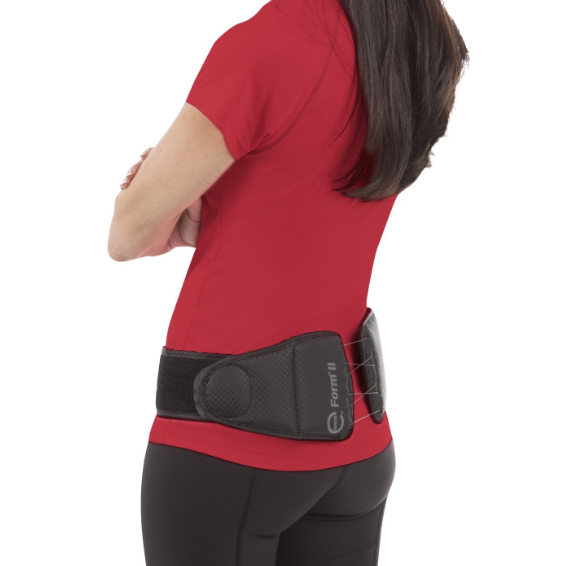 How to choose the right brace for sciatica
How to choose the right brace for sciatica
When choosing a brace for sciatica, it's important to consider the following factors:
- The severity of your pain
- The type of activities you do
- Your lifestyle
If you have mild sciatica, you may only need a lumbar support brace. If you have severe sciatica, you may need a sacroiliac joint belt or a brace that provides both lumbar and sacroiliac joint support.
It's also important to make sure that the brace fits properly. A brace that is too tight can cause discomfort and a brace that is too loose will not be effective.
How to use a brace for sciatica
To use a brace for sciatica, simply follow the instructions that come with the brace. Most braces are easy to put on and take off. You can wear a brace during activities of daily living and exercise.
Exercises for sciatica
In addition to wearing a brace, there are a number of exercises that you can do to help relieve sciatica pain. These exercises can help to strengthen the muscles in your back and legs, and improve your flexibility.
Some common exercises for sciatica include:
- Knee to chest stretch: Lie on your back with your knees bent and your feet flat on the floor. Bring one knee up to your chest and hold it there for 30 seconds. Repeat with the other leg.
- Hamstring stretch: Sit on the floor with your legs extended in front of you. Reach for your toes and hold the stretch for 30 seconds.
- Back extension: Lie on your stomach with your arms extended overhead. Lift your head and chest off the floor and hold the position for 5 seconds.Lower your head and chest and repeat 10 times.
- Pelvic tilt: Lie on your back with your knees bent and your feet flat on the floor. Tighten your abdominal muscles and tilt your pelvis up towards your ceiling. Hold the position for 5 seconds and release. Repeat 10 times.
Conclusion
If you're suffering from sciatica nerve pain, a brace can be a helpful tool to relieve pain and improve your quality of life. When choosing a brace, it's important to consider the severity of your pain, the type of activities you do, and your lifestyle.

